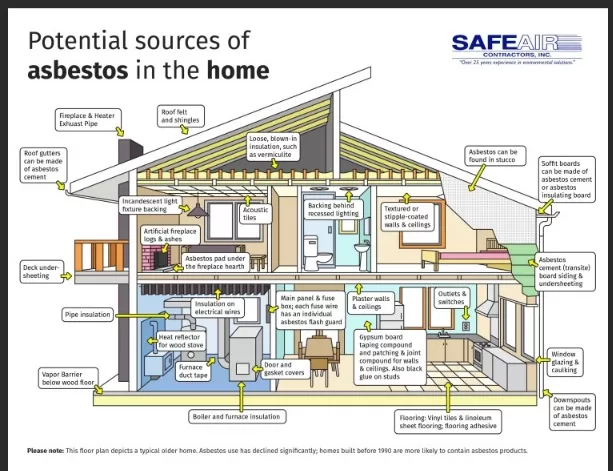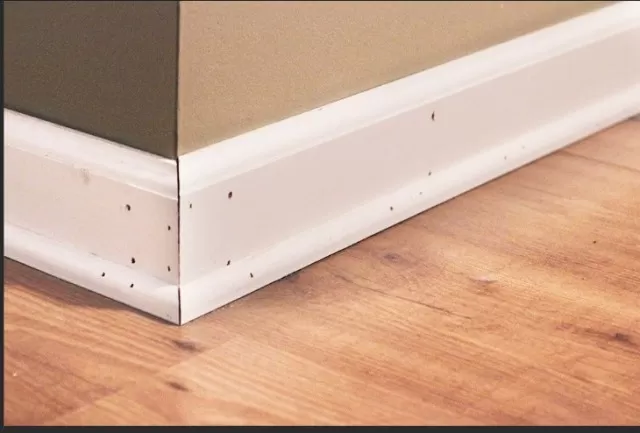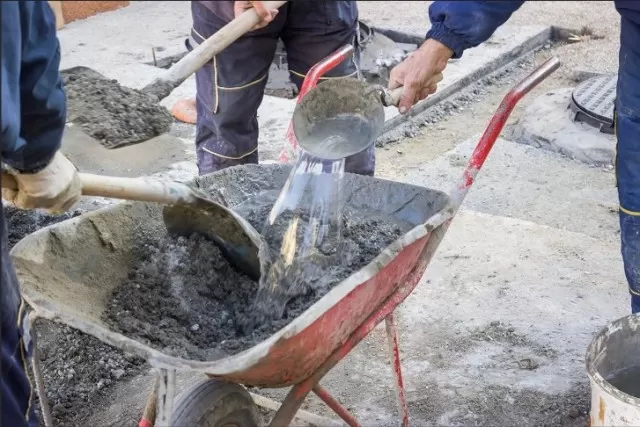Projects That Should Be Done Outdoors. When it comes to safeguarding your well-being, maintaining the pristine appearance of your home, and enjoying the great outdoors, it’s often a smart choice to move certain projects beyond the confines of your indoor living space. Whether you’re tackling home improvements, crafting, or simply seeking fresh air and a change of scenery, moving these tasks outdoors can offer a myriad of benefits. From enhancing safety to boosting your home’s curb appeal and allowing you to relish the beauty of nature, taking these projects outside can be a win-win for both you and your living environment.
Safe and Sound Indoors: Mitigating Hazards When Working at Home

While working indoors offers numerous advantages such as shelter from the elements, conveniently located electrical outlets, and a well-organized array of tools, it’s essential to acknowledge the potential risks associated with indoor projects.
The generation of fumes, the risk of fire, and the accumulation of dust and debris can jeopardize both your safety and the integrity of your home.
To minimize these hazards, it’s crucial to implement proper ventilation strategies, don appropriate personal protective equipment (PPE), and take measures to safeguard your home environment.
Additionally, be mindful of the presence of family members and pets, as they can inadvertently interfere with your work or even sustain injuries. Clearly designate and secure your work area, and communicate with others to steer clear of the workspace.
While these precautions are necessary for a safe indoor working environment, there are instances where working outdoors becomes the preferred choice.
Certain projects are better suited for outdoor settings due to the inherent challenges and risks associated with indoor work.
Wood Railing Repairs: Why Outdoor Cutting is the Smarter Choice
When it comes to home improvement projects, building a deck is undeniably an endeavor best suited for the great outdoors.
However, what about the task of cutting a new railing or baluster? While it might seem tempting to bring a piece of lumber indoors for this purpose, it’s essential to question the rationale behind it. Truth be told, there are few, if any, advantages to doing so.
For starters, cutting wood indoors can quickly turn into an inconvenient ordeal.
The roar of the saw becomes a noise hazard in enclosed and cramped spaces, necessitating the use of hearing protection. Additionally, the dust generated from the lumber swirls into the air, creating a messy environment and posing a potential breathing hazard.
Moreover, consider the practicality of the task itself.
After making the necessary cuts, you’ll ultimately transport the freshly cut piece of wood back outdoors to replace the broken or worn section of railing. This begs the question: why subject yourself to the inconveniences, hazards, and mess of indoor cutting when the logical solution is to perform this task outdoors from the outset?.
In essence, opting for outdoor cutting when dealing with wood railing repairs not only streamlines the process but also minimizes potential hazards and keeps your indoor spaces clean and safe.
So, when faced with such a project, take it outside, and work with the freedom and practicality that the outdoors provide.
Revamping Your Interior: Smart Strategies for Painting New Baseboards

Baseboards, those unsung heroes of interior design, elegantly bridge the gap between your walls and floors, lending a polished finish to any room.
When it’s time to bid adieu to old and worn baseboards, replacing them can be a cost-effective way to breathe new life into your space. However, when it comes to painting these new additions, it’s essential to tread carefully to avoid a messy and potentially hazardous situation indoors.
Painting new baseboards indoors can unleash a host of issues.
Not only does it risk creating a chaotic and untidy environment, but it can also release noxious fumes into your living space. Even when the paint feels dry to the touch, it may take anywhere from 24 to 72 hours to fully cure.
During this crucial period, paints containing volatile organic compounds (VOCs) continue emitting these potentially harmful compounds into the indoor air.
To sidestep these challenges, it’s advisable to paint your new baseboards outside the confines of your home.
This approach not only prevents a messy indoor ordeal but also reduces the risk of exposure to VOCs. For an even better option, especially during extreme weather conditions like scorching heat, bitter cold, or rainy days, consider setting up your baseboard painting operation in a well-ventilated garage or an outdoor workshop.
By embracing these prudent strategies, you can revitalize your interior with freshly painted baseboards while ensuring a clean, safe, and hassle-free process that leaves your home looking and feeling its best.
Mechanical Repairs: Why Outdoor Workspace is the Way to Go
When it comes to tackling mechanical repairs, whether it’s fixing a Lawn Mower engine or a trusty drill, the great outdoors offers an optimal setting.
While the convenience of an indoor workspace may initially beckon with its superior lighting and easy tool access, the reality is that taking these tasks outdoors comes with a multitude of benefits that can’t be ignored.
First and foremost, consider the mess factor.
Mechanical repairs often involve the use of greases, oils, and other substances that can wreak havoc on indoor surfaces. Protecting your floors, walls, and furniture from unsightly stains and spills may necessitate the cumbersome spreading of drop cloths, and even then, stray fingerprints and mishaps can leave lasting marks.
Moreover, there’s the issue of safety, especially if you’re working with devices that contain potentially harmful chemicals.
These substances can pose a serious risk, particularly when pets or children are present and curious. The outdoors, on the other hand, offers a more controlled environment where you can work with peace of mind, knowing that the potential hazards are kept at a safe distance.
By setting up your mechanical repair station outside, you not only minimize concerns about human and pet safety but also reduce anxiety about surface damage.
Additionally, the great outdoors provides a natural buffer for cleaning up drips, spills, and oily dirt, ensuring a more efficient and worry-free repair experience.
In the end, the choice is clear: when it comes to mechanical repairs, embrace the outdoor workspace for a safer, cleaner, and more confident DIY journey.
Mess-Free Concrete Mixing: The Great Outdoors is Your Best Bet

Concrete serves as the backbone for various construction projects, from fence posts to sturdy decks.
Typically, the concrete mixing process unfolds outdoors, employing a blend of concrete mix, a trusty bucket, and water sourced from the garden hose. However, if you find yourself lacking a garden hose and contemplate moving this task indoors for closer access to water, think again.
Mixing concrete can be a messy affair, and the concrete dust that permeates the air poses significant health hazards.
Attempting to fill a mixing bucket from a kitchen faucet or pouring water into it while it rests on the floor presents a high risk of spills and subsequent chaos.
Once you start mixing the concrete, dust particles from the mix can rise into the air, potentially leading to eye, skin, and respiratory tract irritation. After completing the task, you might even discover bits of concrete slurry scattered across your kitchen floor or countertops.
To sidestep these potential problems and ensure a safe and hassle-free concrete mixing experience, it’s best to conduct this task outdoors.
If you lack an outdoor water source, simply bring water from indoors to blend with the concrete.
In summary, when it comes to concrete mixing, embrace the outdoor environment to avoid mess, health hazards, and potential damage to your indoor spaces.
Your DIY endeavors will be more efficient and worry-free as a result.
*The information is for reference only.